Discovering Dresden’s Christmas Markets and Saxony’s Festive Traditions
When it comes to festive city breaks in Europe, there are a few cities that seem to hog the spotlight. But if you really...
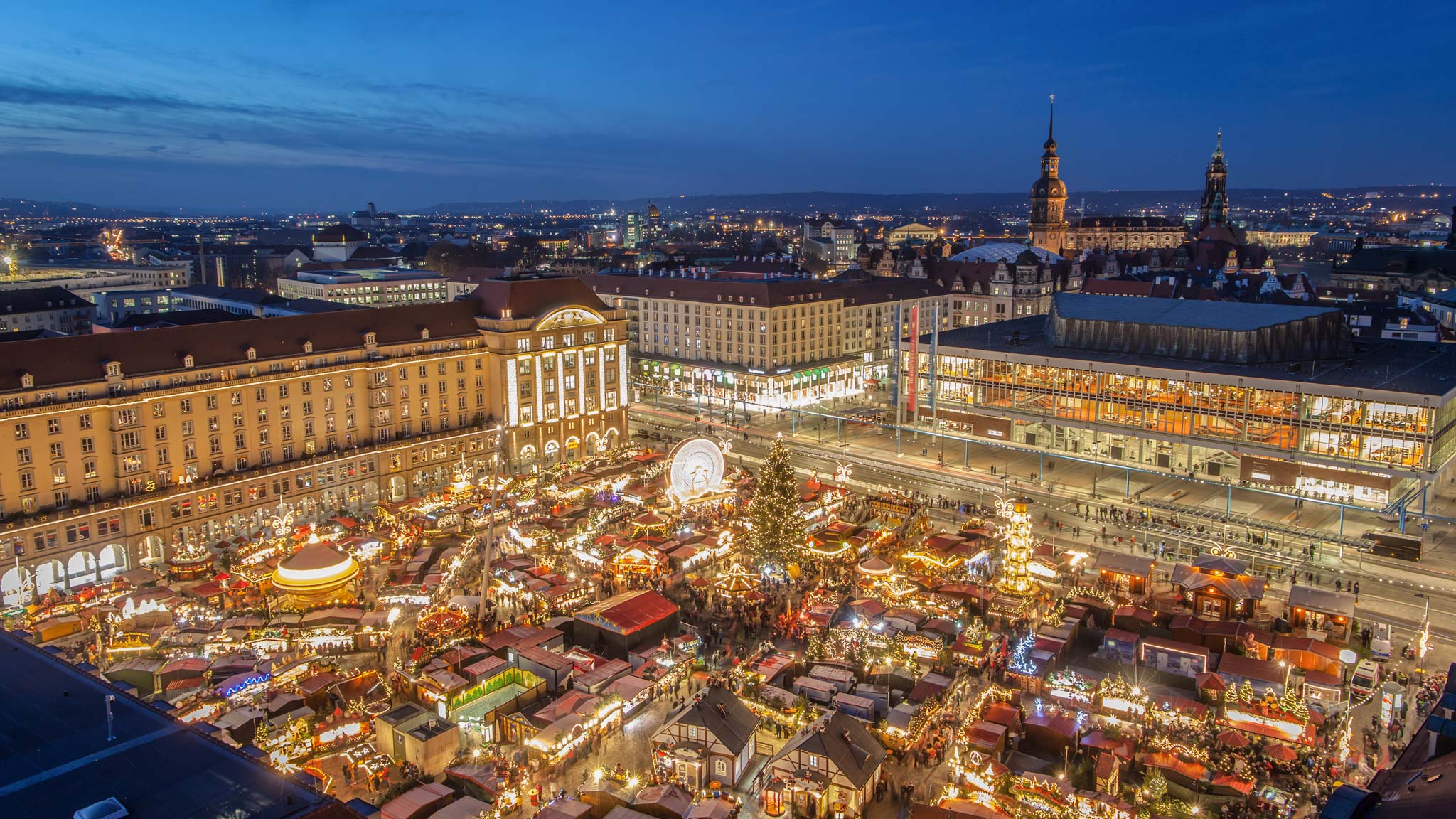
When it comes to festive city breaks in Europe, there are a few cities that seem to hog the spotlight. But if you really...
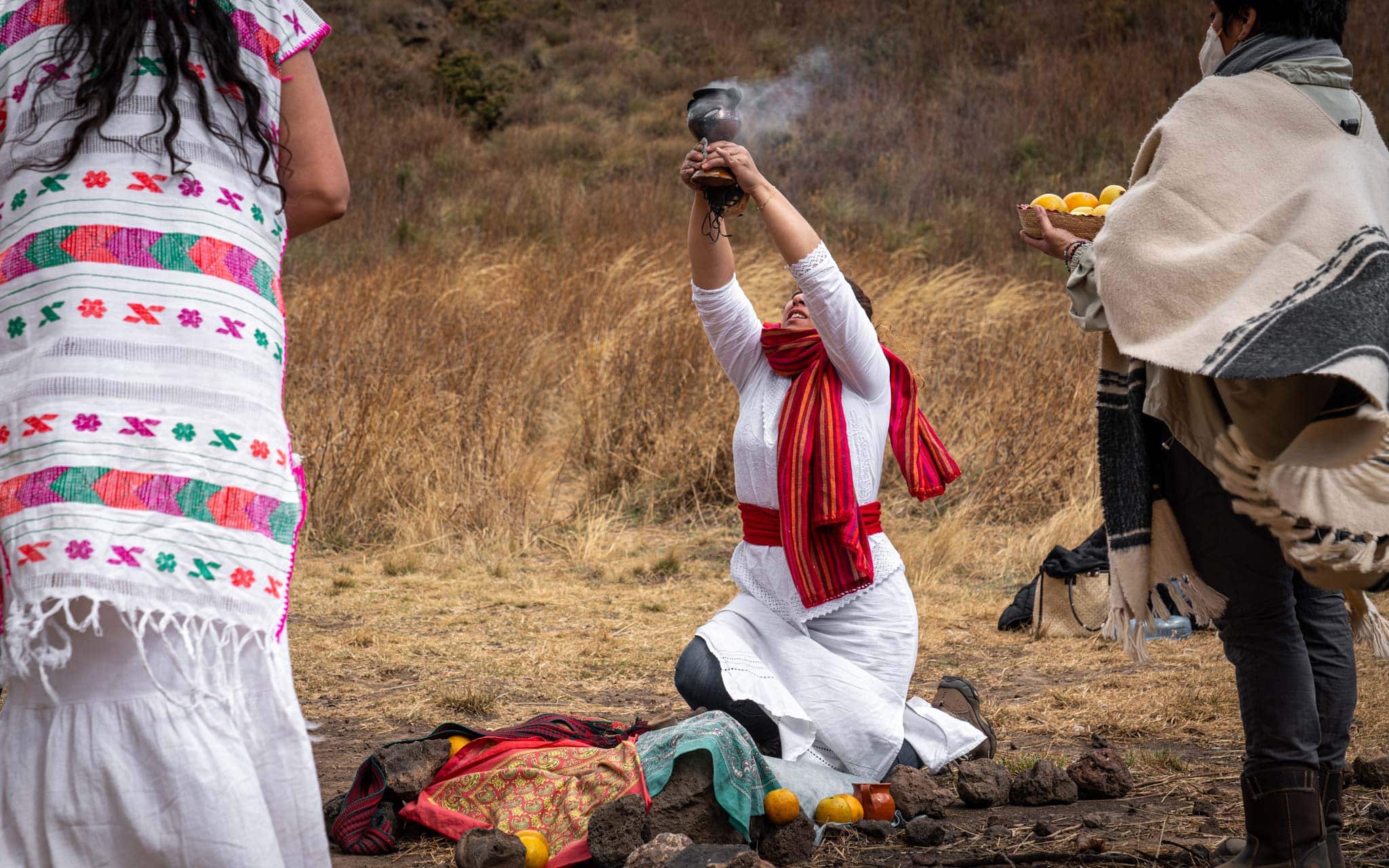
During my recent week-long visit to Mexico City, I was privileged with the opportunity to visit six of the businesses...
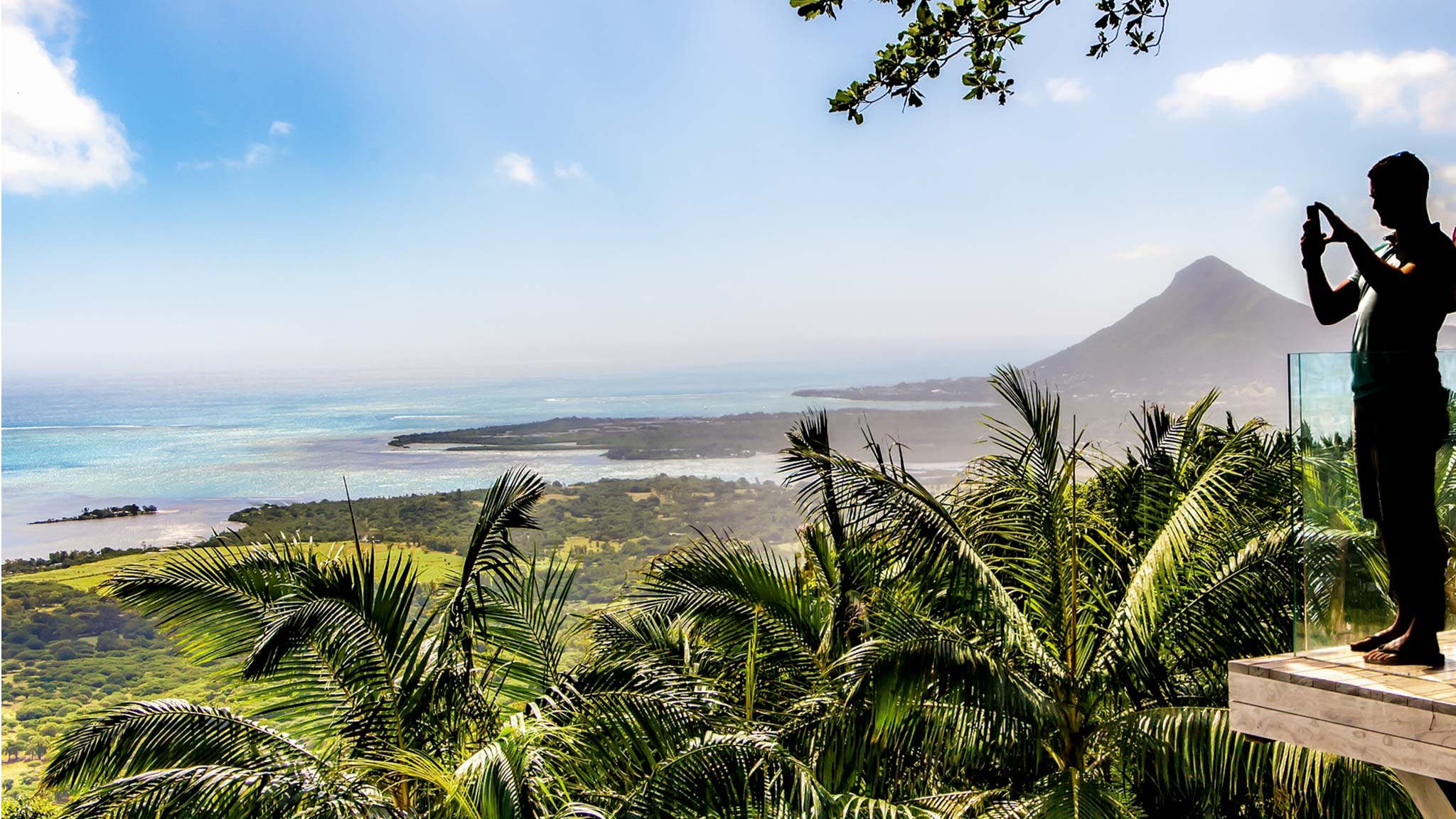
Tumbling waterfalls shrouded by lush rainforest, volcanic crater lakes adorned with kaleidoscopic Hindu statues, and...
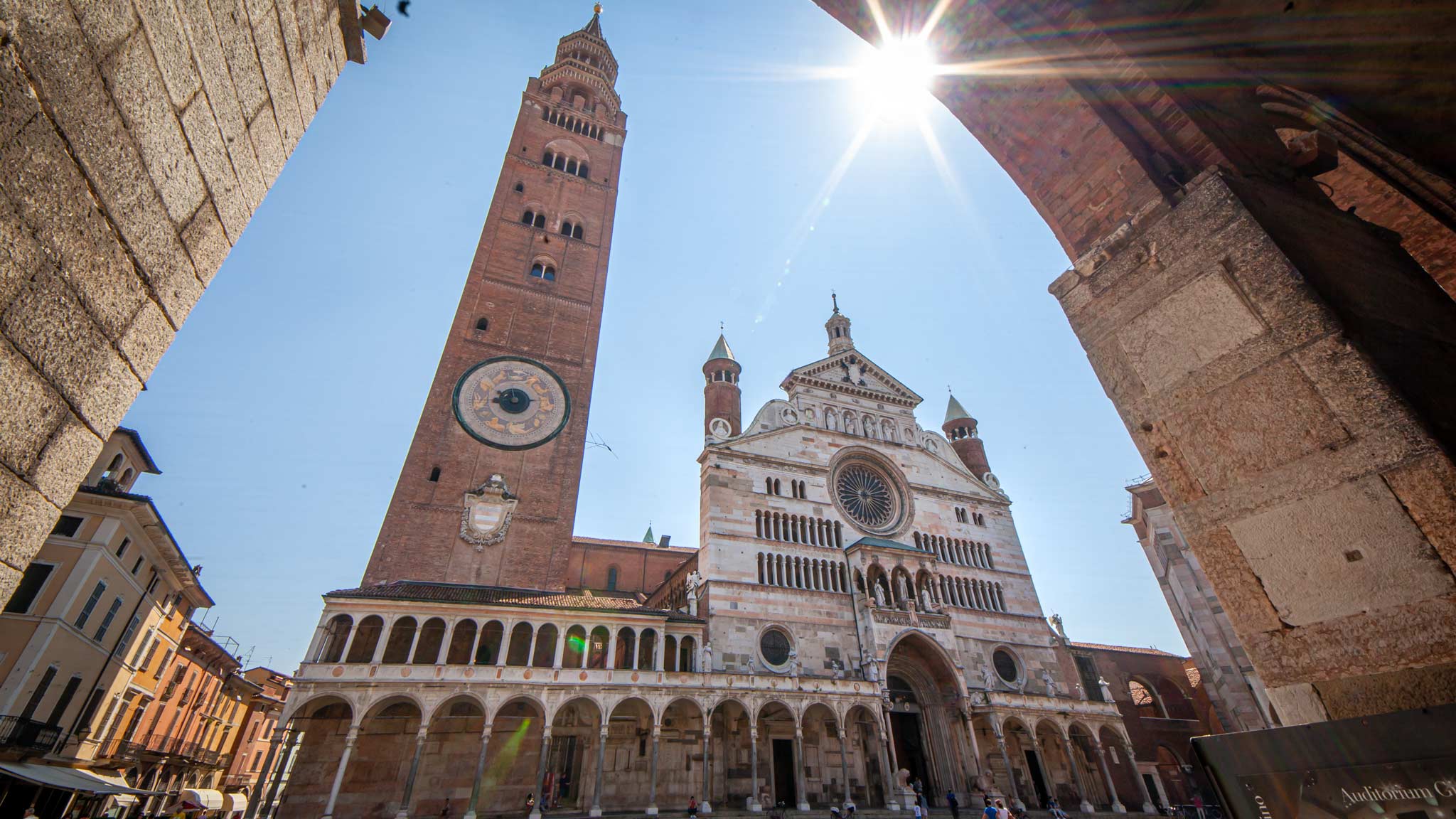
‘I don’t think I’ll enjoy a violin museum’, I confessed to Janet as we parked up on the last day of our Lombardy...
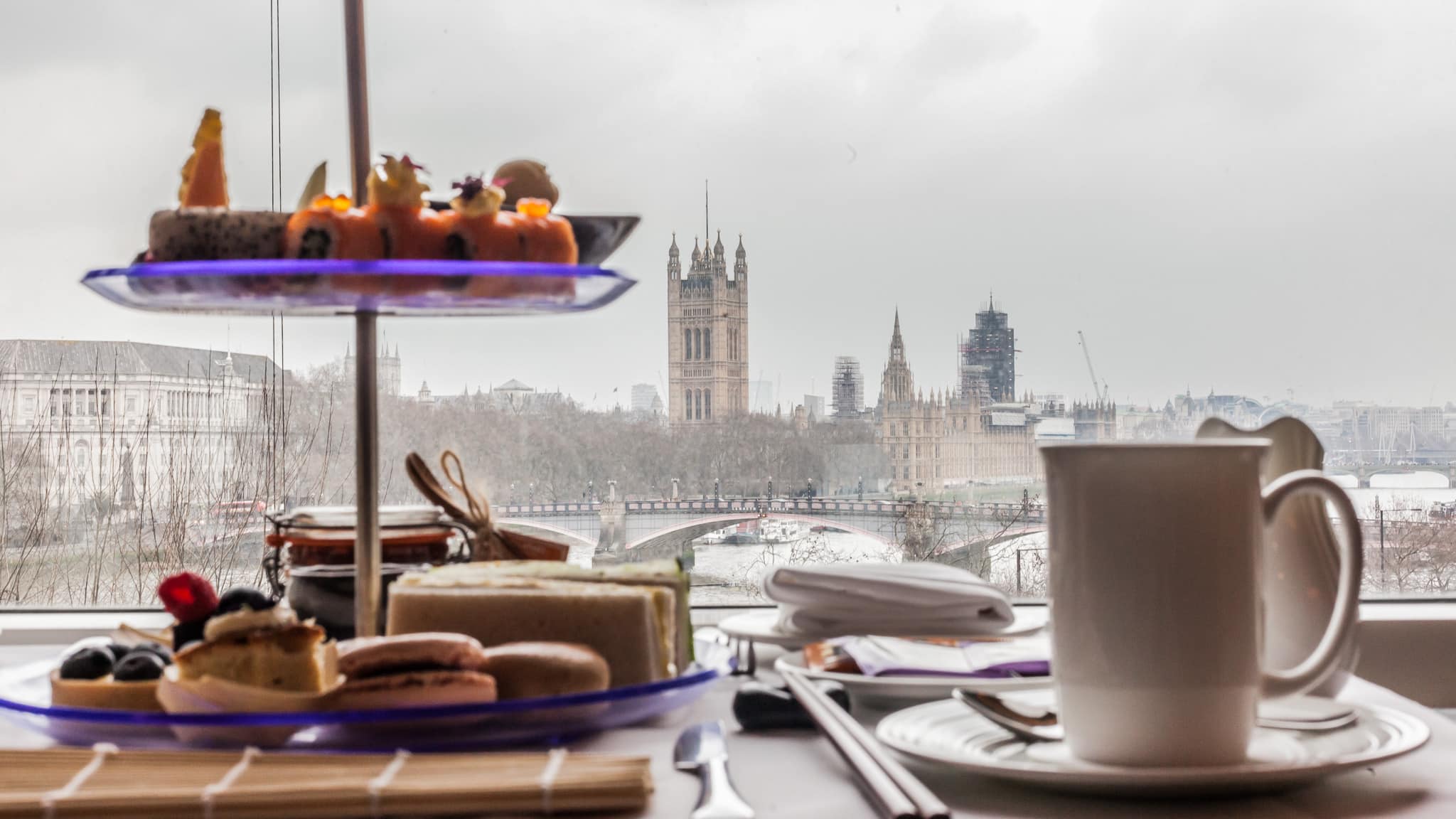
Is London the best city break in the world? It’s undoubtedly one of those cities that has a never-ending list of...
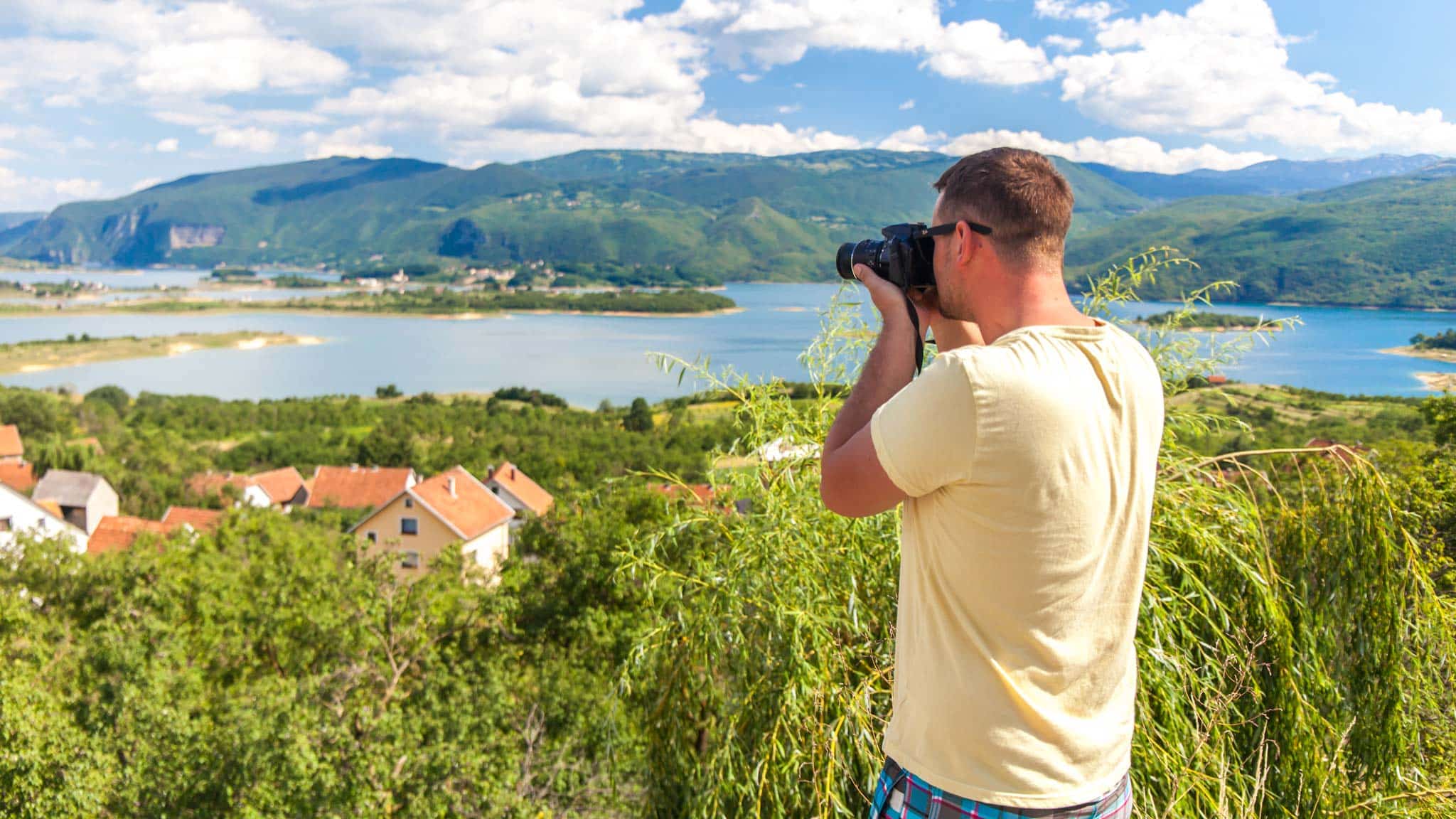
Underrated and thus relatively undisturbed, Bosnia and Herzegovina is a treasure trove for adrenaline junkies seeking...
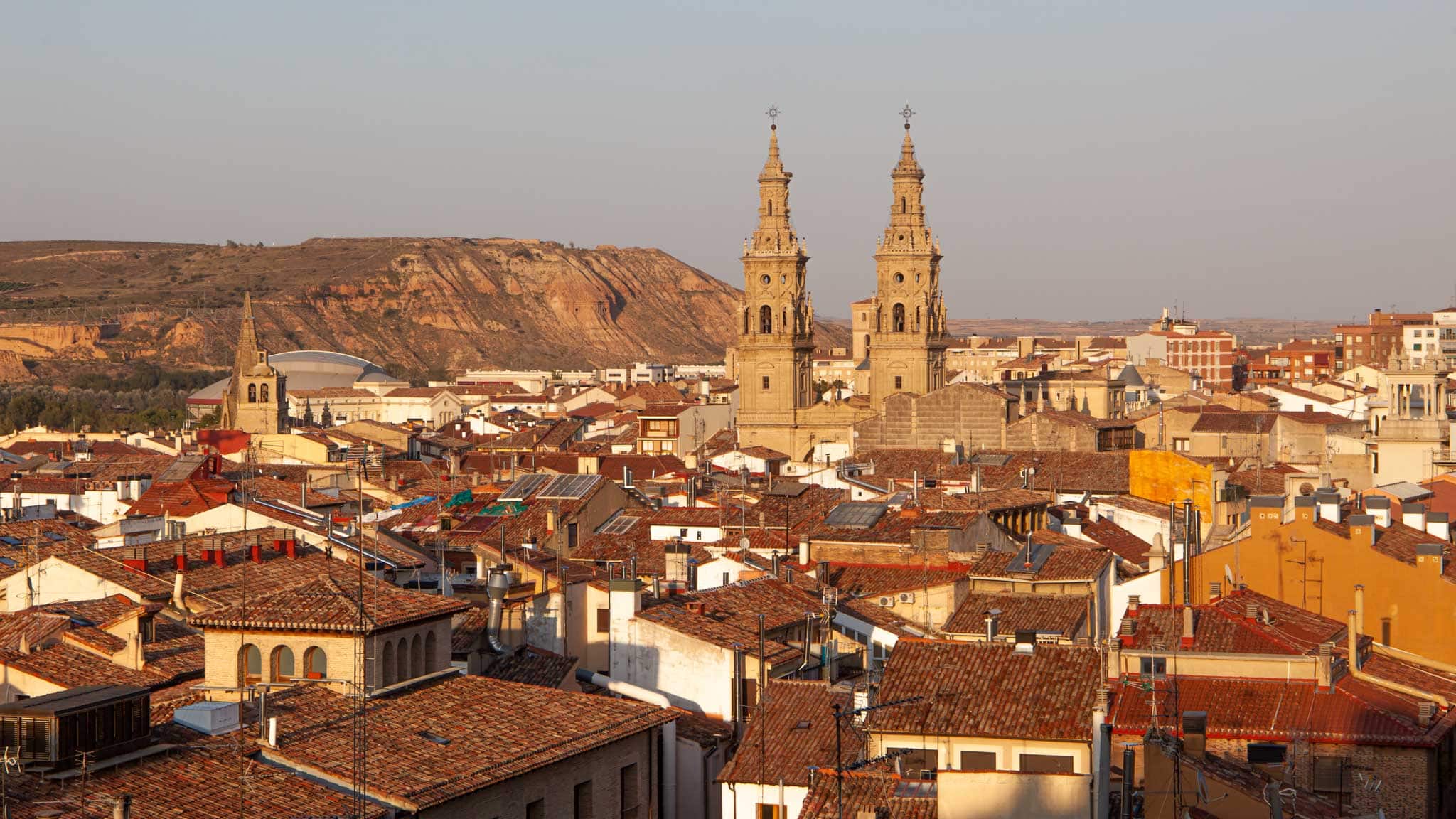
Spain is a country renowned worldwide for its perfectly crafted cuisine, fresh seasonal produce and passionate chefs who...
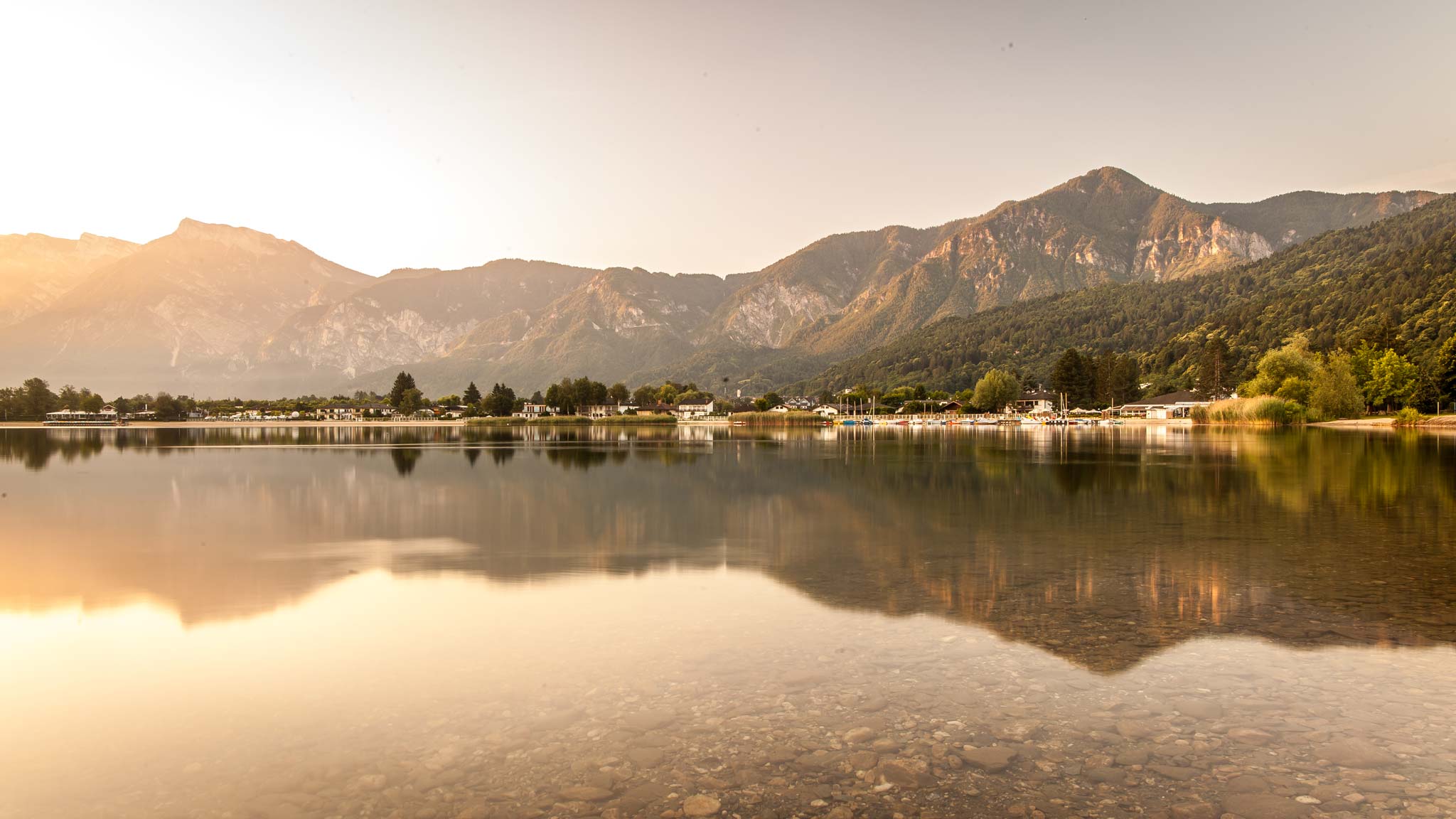
I was mesmerised by Lake Levico the second I saw it. It was like a postcard from New Zealand or Canada, a pristine lake...
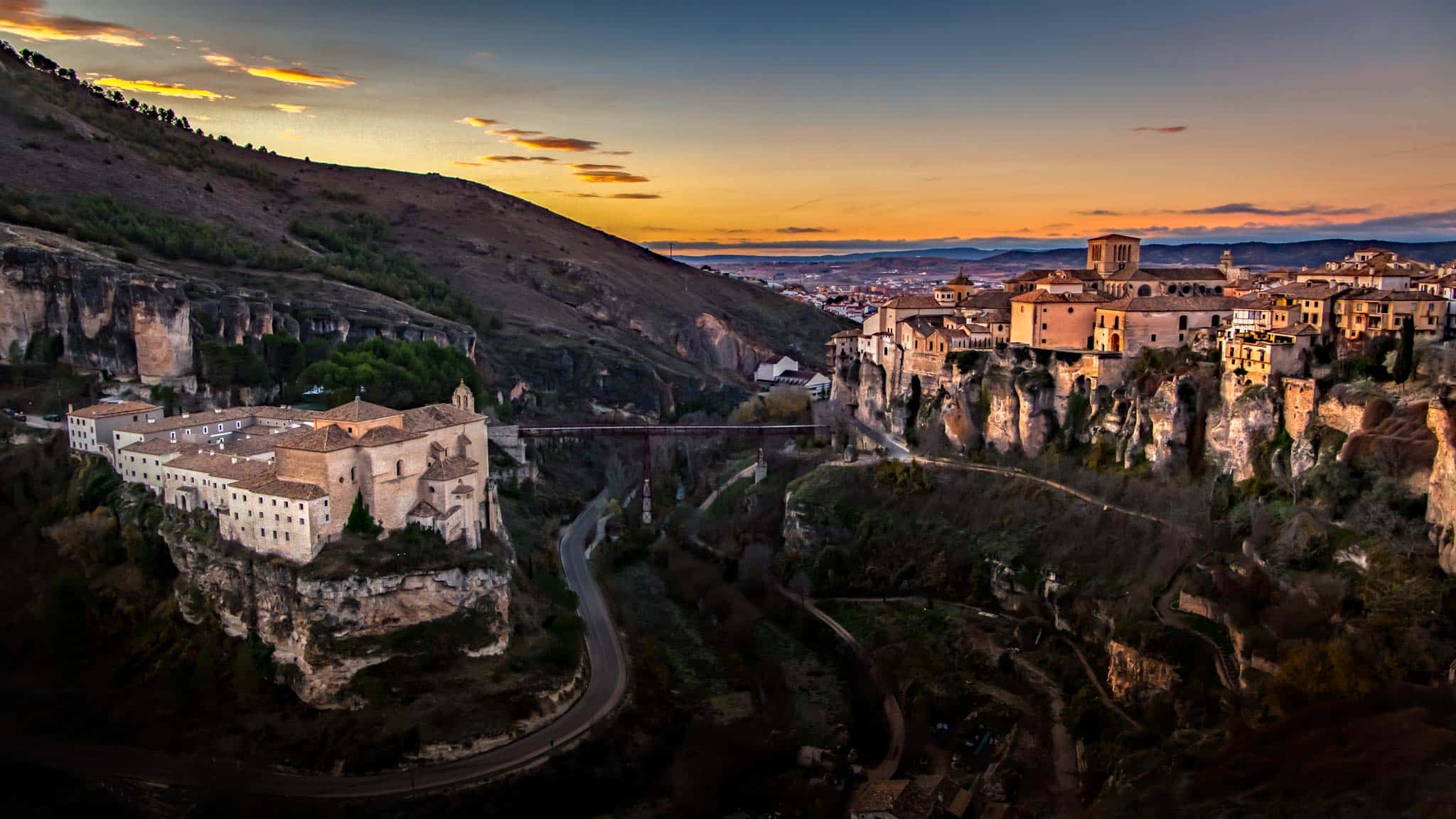
Hurtling across the mountains of Spain on high-speed rail, the last rays of a winter sun were bouncing off the rolling...
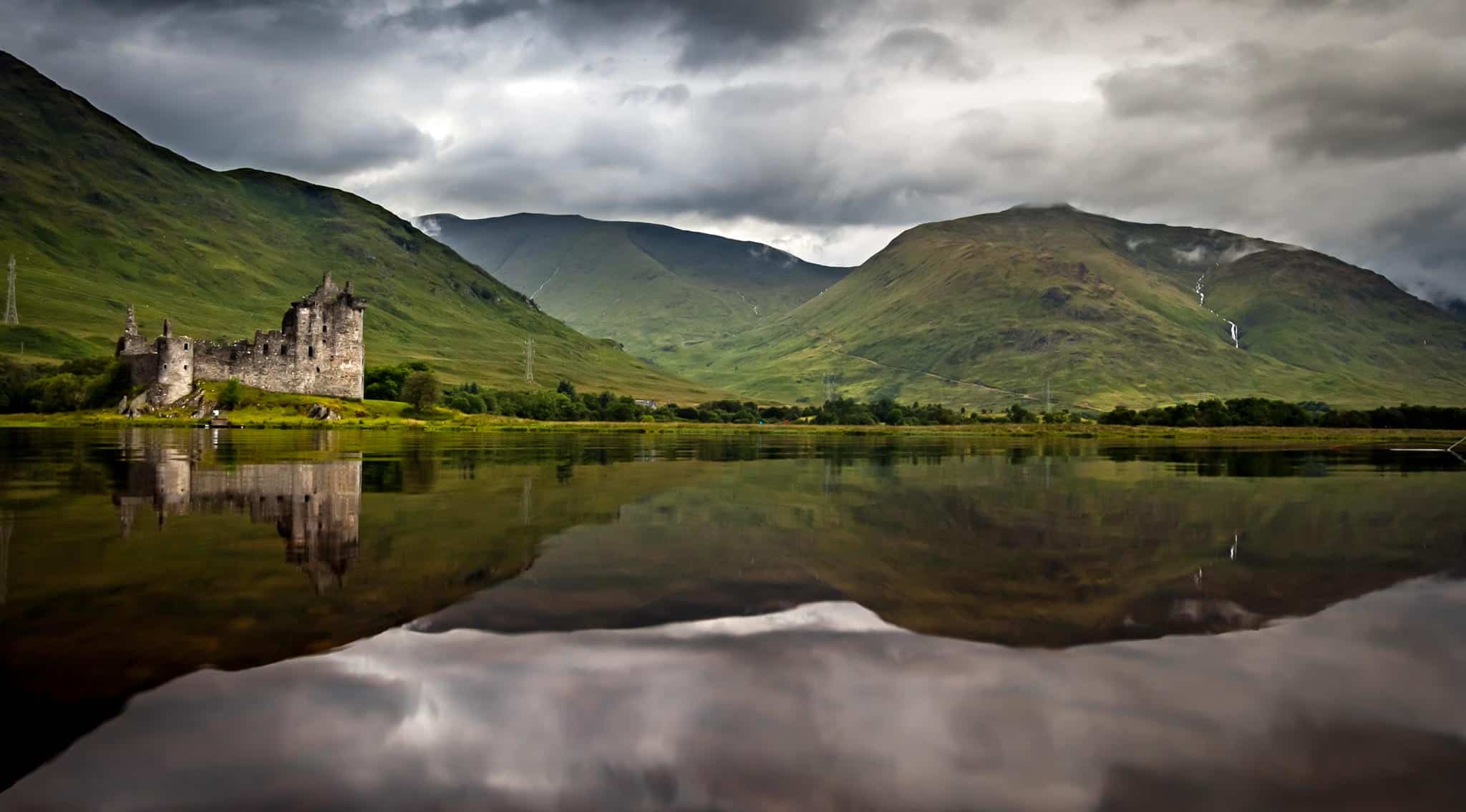
Scotland is a land of lochs, castles, and epic landscapes, all served up with the warm welcome and charm of the locals who...
